Beatle Royale: "Don't Bother Me" & "What Is Life"--Two Sides of the George Harrison Composition Coin
Like a teenager calling a Top 40 station, George was always struggling to get his song played. The Beatles' hit machine created a formidable musical barrier, but these 2 cracked the John-Paul code.
A 9-Year-Old in Texas, An 11-Year-Old in California: Harmonies Heard
I was six weeks away from being 9 when the British mop-topped juggernaut appeared on The Ed Sullivan Show in February 1964, and like tens of millions of Americans, a life was changed forever after watching and listening.
Front Row & Backstage’s own Stephen Michael Schwartz was nearly two years older than I at the time, but was in front of his TV, a couple thousand miles away for that magic moment as well. In his own words:
“February 9th, 1964 is a date that launched millions of future musicians like myself to want to play an instrument. That was the night The Beatles first appeared on The Ed Sullivan Show.
“The Fab Four spoke a language that my parents' generation could not interpret, but went right to my little 11-year-old heart and soul. Lennon and McCartney are at the top of the list for pure and total musical inspiration.
“After that show I asked for and received my first guitar,” Stephen reflected. “I took a few guitar lessons, but didn’t take well to the structure. It felt too much like school work.
“I was better off on my own with a Beatles Easy Guitar book. I was never without a guitar from that day forward. I started discovering my voice and singing right about the same time that I picked up the guitar. How do you know you can really sing unless you start to sing?”
Stephen has been sharing his career as a singer/songwriter/guitarist/recording artist with FR&B. Part 1 of his mid- and late-’70s show biz journey starts here:
Career Chord Change: Stephen Michael Schwartz, From Pop-Rocker to Titan of Tot Tunes-EXCLUSIVE INTERVIEW PT. 1
He certainly had the look: Tall, dark, and teen-mag-ready handsome. His soft crown of relentless curls was rife for not only coveting by teenage girls, but once photographed, became the beckoning, furry forest through which to run their mood-rung fingers.
An Embarrassment of Riches: Free Vinyl in the 4th Grade!
Ever since I sat cross-legged in front of our Houston TV that Sunday night, I’ve been in search of “the perfect riff,” a gripping chord or sequence, but even more so, arresting melodies and harmonies.
While Stephen was driven to pick up the guitar and sing, and explore his obvious songwriting talent, I set about looking for more artists and bands who sounded as exciting as The Beatles. I developed an eager thirst, not for any songwriting talent I knew I didn’t possess, but for those who were so gifted.
While I initially “glommed onto” the “She Loves You”-type songs of the early Beatles, it wasn’t until later that I added George’s Beatles output to his solo compositions, which started in 1968, but got my attention with 1970’s All Things Must Pass.
It helped that my dad was in radio, and would routinely bring home boxes of new albums from Capitol and Warner Bros. Records in the mid-’60s. So, even before I entered my teens, scouring liner notes and wearing out tonearm styli became an early hobby, supplanting former loves like stamp-, coin-, rock-, and baseball card-collecting!
The Beatles, of course, produced a Liverpool shipyard full of bright’n’shiny melodies, mostly thanks to the John Lennon-Paul McCartney songwriting partnership.
“George got stuck with being the Beatle that had to fight to get songs on records because of Lennon and McCartney.”—Dylan
But, George Harrison was a talented songwriter, as well, as the past half-century has proven. But, as the George and Ira Gershwin of the new generation, how easy or likely would it be to let, say, Cole Porter on board to place a song on the new album?
As the “Quiet Beatle” discovered right from the first “Yeah yeah yeah,” not at all…easy or likely. And, that’s not even taking into account the assertiveness or self-confidence of the songwriting “third wheel.”
As Far Out Magazine/UK recently put it in 2021: “Stuck alongside two of the greatest pop songwriters of all time, Harrison was always likely to struggle to assert himself. However, eventually, the cracks in the Harrison dam began to show, and once one song arrived, more and more flowed through. It would accelerate [toward] the end of the Beatles and his own beginnings with his solo career.”
I picture a demure George tentatively pushing the charts for “Don’t Bother Me” under the door of the prestigious offices of “The Imposing Publishing Firm of Messrs. Paul and John” in a mountainous building that Daffy Duck would call “an imposing pile.”
Even Bob Dylan once weighed in on the Harrison dilemma: “George got stuck with being the Beatle that had to fight to get songs on records because of Lennon and McCartney,” he said. “Well, who wouldn’t get stuck? If George had had his own group and was writing his own songs back then, he’d have been probably just as big as anybody.”
“Daddy, What Does ‘PROMO’ Mean?”
It was Harrison’s first song deigned by the duo (and producer George Martin) to actually occupy groove space on an album…their second in the UK, With the Beatles, on EMI’s Parlophone Records, and their second in the US, on (EMI-property, as well) Capitol’s Meet the Beatles (their first in the States, Introducing the Beatles, was on Vee-Jay).
I always think of Meet the Beatles as their first (a notion that might ban me from future BeatleFests), because Daddy never brought home Vee-Jay freebies!
In fact, with my Meet album having mysterious holes machine-punched (and spelling a word) into the upper-right-hand corner of its cover, I remember an 8-year-old me approaching the 6’5” radio ad exec one day, earnestly asking, “Daddy, what does ‘PROMO’ mean?”). Like Stephen and his guitar…wish I still owned it!
I was driving down the Ventura Freeway in the Valley, one day in the mid-’80s, when “Don’t Bother Me” suddenly popped on the radio. For some reason, my eyes got a bit moist, I got a chill, and the chord changes--there all the time--hit me without warning!
For some reason (thankfully, this is what makes songwriting so singularly mystical and awe-inspiring for me, and just as hard to put into words!), it took 20 years and the 2,000 miles traveled from Houston to L.A. to finally “hear” the song with my heart.
EMI Studios, London
The video: Takes 10-13 (two complete run-throughs #10 & #13, two aborted starts #11 & #12, plus the finished, released version with overdubs), September 12, 1963. Take #13 was deemed best of the lot (according to John C. Winn, from 2008’s Way Beyond Compare), permitting overdubs to take place in which Harrison recorded another vocal, double-tracking his original, while Paul played claves (short, wooden sticks), Lennon, the tambourine, and Ringo, an Arabian bongo.
Recording concluded with take 19, and the overdub of take 15 onto take 13 considered “best” (according to Mark Lewisohn, from 1988’s The Complete Beatles Recording Sessions):
At the Other End of The Beatles’ Spectrum: Solo “What is Life”
The Beatles were still together when George penned “What is Life” (in early summer 1969) which appeared on his 3-LP Apple Records set, All Things Must Pass. With the group breaking up on April 10, 1970, George hit the studio the next month.
George’s original plan was to gift the tune to Billy Preston, erstwhile latter-day “honorary” Beatle who had begun his own solo career by this point.
In his autobiography, I, Me, Mine, Harrison described it as having been written “very quickly,” and recalls that he thought it would be a perfect, “catchy pop song” for Preston to record. He changed his mind once he arrived at the studio, and found Preston working on more “typical” material, “playing his funky stuff.”
Rather than attempt it with the Beatles during the band's Abbey Road sessions (occurring at the same time), according to Rolling Stone, Harrison stockpiled “What Is Life” with his many other unused songs from the period, including “All Things Must Pass.” He came back to it a year later, after completing work on Preston’s second Apple album, Encouraging Words.
“It’s wrapped in layer upon layer of intricacy so well aligned that it feels like one big sound.”
Reaching the Top Ten in the US (and appearing as the B-side on the UK issue of “My Sweet Lord”), “What is Life” was released as the album’s second single in February 1971, sandwiched between the 45rpm releases of “My Sweet Lord” and “Bangla Desh.”
In early ‘71, I was half-way through my sophomore year in high school, and certainly aware of Phil Spector, and his early ‘60s work with “all those girl-group hits” (all of which I loved and marveled at). Spector and Harrison produced the album.
I don’t recall “What is Life” hitting me then with the ton of aural bricks it would just a couple years later, when a 4-year stint behind a radio mic made me far more familiar with the entirety of All Things Must Pass, and with it more of an appreciation of the single.
In making it to #9 on Far Out Magazine’s “Top 20 Harrison Songs” (both Beatles and solo) from July 2021, they offer this summary: “It may seem a simple song to construct, but in fact, it’s wrapped in layer upon layer of intricacy so well aligned that it feels like one big sound [attributed, of course, to Spector’s signature “Wall of Sound,” but credit both men for not allowing the Wall’s “big sound” to swallow those layers of intricacy]. It’s a testament to Harrison’s style and panache that the song still sounds so effortlessly fresh to this day.”
George’s backing musicians on the track included Eric Clapton, as well as the entire Delanie & Bonnie and Friends band, with whom he had toured during the final months of the Beatles. A memorable string arrangement was composed by John Barham, and four acoustic rhythm guitars were played (and often buried in the mix by Spector) by Apple labelmates, Badfinger.
George spent hours overdubbing his voice dozens of times for the song, particularly for choruses, and credited his “vocal choir” as “the George O’Hara-Smith Singers.” Spector was, according to Open Culture, reportedly impressed with Harrison’s dedication in the studio, saying, “He was a great harmonizer; he could do all the [vocal] parts himself.”
The musicians used on the song also played throughout the ATMP sessions: Bobby Whitlock (organ), Carl Radle (bass), Jim Gordon (drums), Bobby Keys (sax), and Jim Price (trumpet, horn arrangement, with assistance from George).
Several scribes have managed to capture in their words what I obviously was attracted to in the song (and in “Don’t Bother Me,” for that matter)…the infernally catchy melody, the upbeat approach, and its ultimate “popability,” effectively copped by a multitude of power pop bands I grew to love in the frothy punk wake of the mid- and late-’70s and early ‘80s.
In Q magazine, for example, John Harris said in 2002 that the “widescreen sound” of All Things Must Pass tracks such as “What Is Life” was a forerunner to recordings by ELO and Oasis.
Hitting the nail even more on the head for my musical tastes, PopMatters’ Jason Korenkiewicz described the song as a “jangle pop masterpiece and blueprint for the Britpop movement,” adding that “Harrison's musical legacy has contributed greatly to the exuberance of Britpop in the '90s,” a particular genre FR&B has examined in a recent “Audio Autopsy” of Electronic, and their 1989 “Getting Away With It” hit, accessible by clicking here.
A favorite song of the Foo Fighters’ Dave Grohl, Rolling Stone’s James Hunter wrote how the “colorful revolutions of ‘What Is Life’ [move] like a Ferris wheel.”
And, the Video Winner Is…..
The official video of “What is Life” was filmed in 2014, and has the story of a public contest to go with it: To coincide with the release of the Apple Years 1968–75 box set in September 2014, Harrison’s widow and son, Olivia and Dhani Harrison, held an online competition in which filmmakers were invited to create a video clip for the song.
Olivia and Dhani ultimately selected Brandon Moore of Oakland, California, as the ultimate winner. He received a $5,000 cash prize, and this video is now the “official” video for the track, appearing on various media platforms.
Moore’s video features dance interpretations by Emma Rubinowitz and Esteban Hernandez of the San Francisco Ballet, filmed in the streets and woods of the San Francisco Presidio:
The Beatles Diaries: Celebrating 60 Years and The Feb 9, 1964 Appearance on "The Ed Sullivan Show"
Excitement wasn’t in the air, it was the air.-Greil Marcus

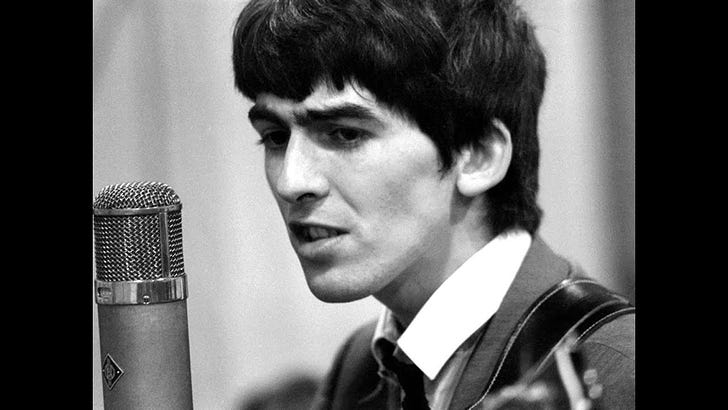


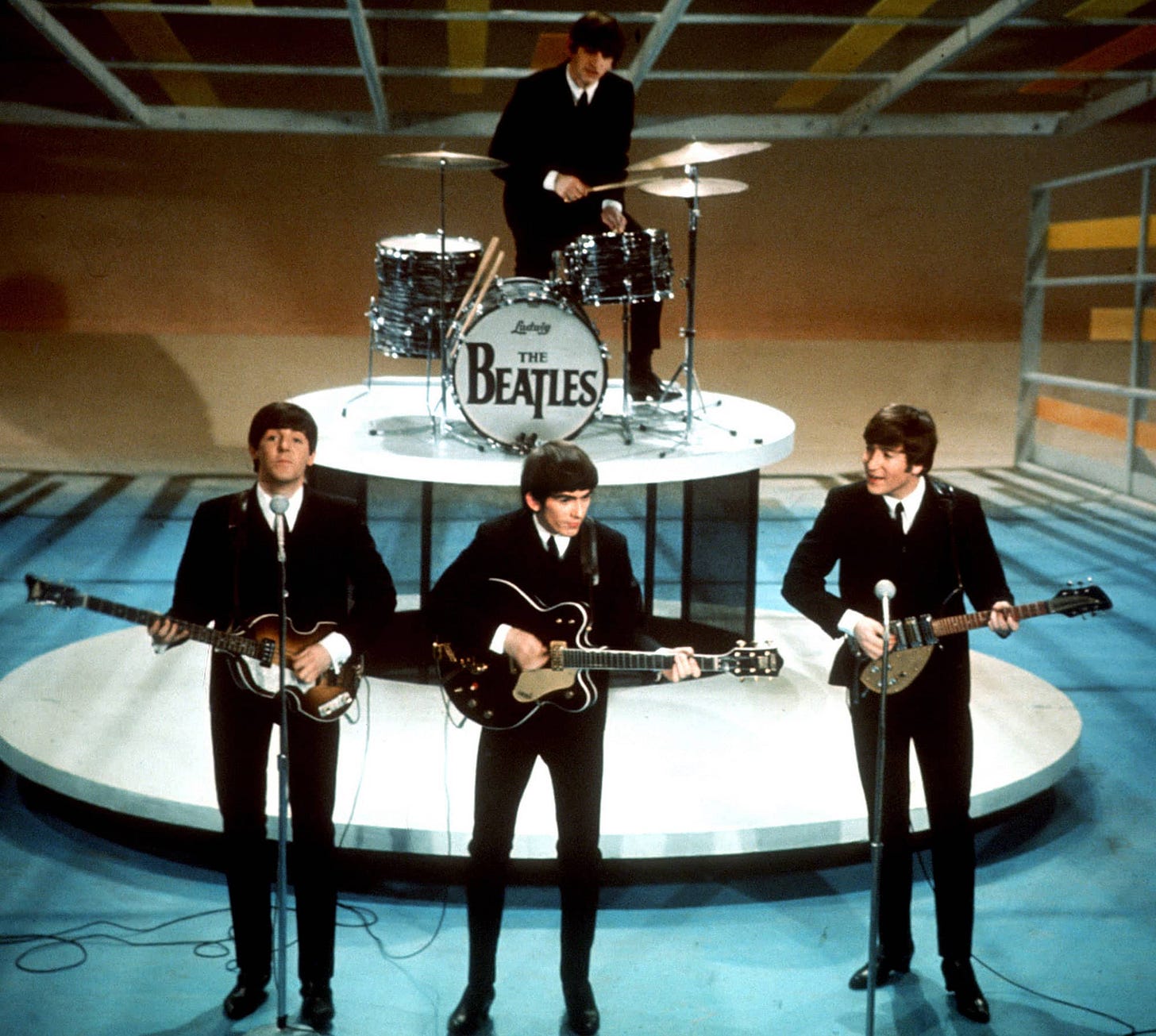


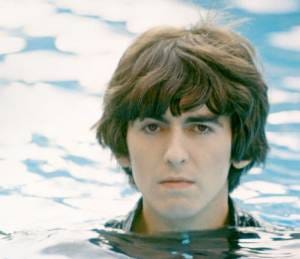

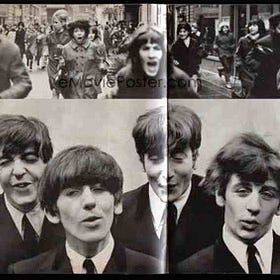
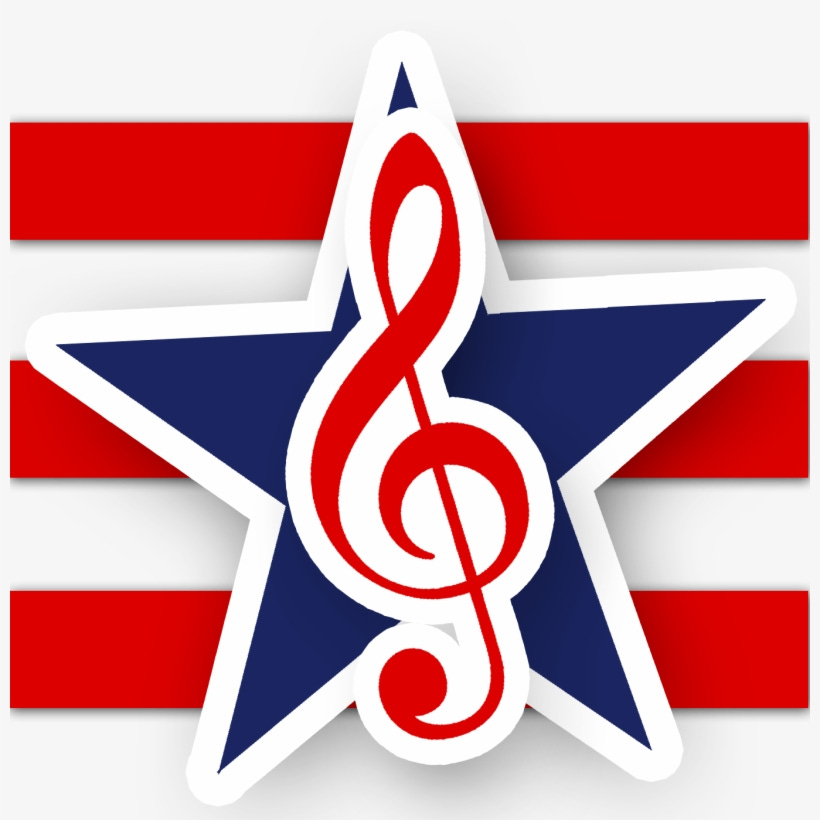
I'd never seen the "official" video for "What Is Life," so that was a nice treat to watch! Enjoyed the heck out of this, Brad!
Nice, Brad, very nicely done - love the backstory and insight!!